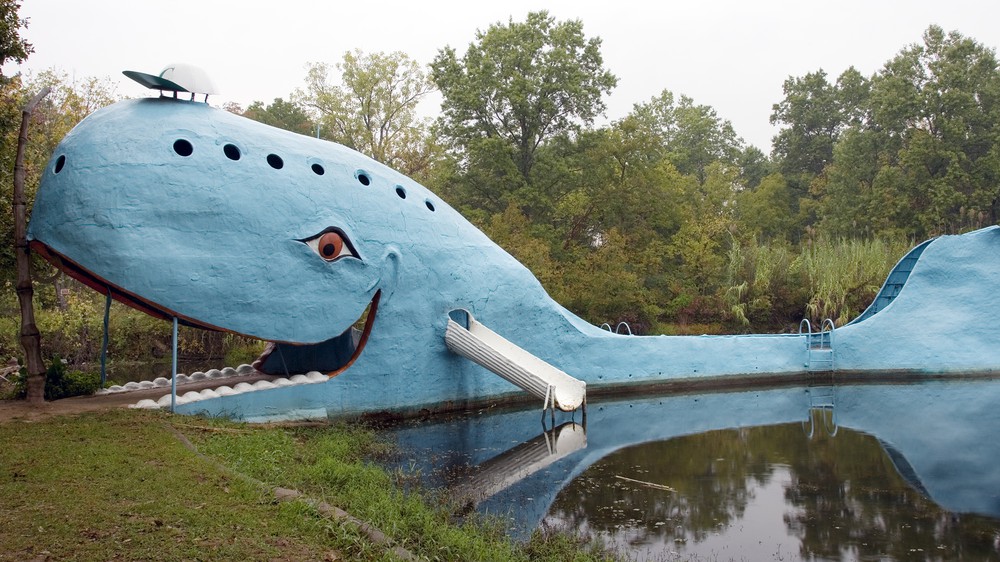What’s on our Wall
What Drives Carol Highsmith?
Featuring "Tucumcari, New Mexico"
In “Why I Write,” his short treatise written in 1946, George Orwell identified four “great motives” for writing—motives that he believed existed in different degrees in every writer. They were:
(i) Sheer egoism (ii) Aesthetic enthusiasm (iii) Historical impulse (iv) Political purpose
These four, Orwell wrote, could come into conflict, differ from writer to writer, and shift from time to time. But good prose, it seemed to him, was forged through the experience of the writer and the interplay of their motivations: “I cannot say with certainty which of my motives are the strongest, but I know which of them deserve to be followed. And looking back through my work, I see that it is invariably where I lacked a political purpose that I wrote lifeless books and was betrayed into purple passages, sentences without meaning, decorative adjectives and humbug generally.”
I thought of Orwell and this essay when I first came across the work of Carol Highsmith. For over 30 years, Highsmith has been traversing the United States, camera in hand, capturing photographs of each state’s architecture, landscape, and urban and rural scenes. Her aim is to provide a visual record of what she calls “our moment in time,” and she intends to spend the rest of her life documenting America.
Historical impulse drives Highsmith in the same way that political purpose drove Orwell. But while this instinct to preserve for posterity characterizes Highsmith’s work, it does not overwhelm it. Highsmith’s photographs, like Orwell’s writing, are infused with an obvious love of aesthetics and natural compassion and wit.
Her love of the medium started in 1980 with a night photography class in Washington, D.C. Highsmith, who was working in sales, started taking pictures of the abandoned and dilapidated Willard Hotel at 1401 Pennsylvania Avenue as part of a class project. The Willard had a distinguished history—Lincoln stayed there for 10 days before his inauguration (and had had to wait for his first presidential paycheck to settle the bill), and it had hosted the great and the good of D.C. But by the 1980s, the once lavish Beaux-Arts building was a wreck: “The main tenant was a bum who was setting fires on the sixth floor, and there were rats the size of cats,” Ms. Highsmith remembers. “It changed my whole life. If I didn’t take pictures, what would it look like in a few more years?”
It was as she researched the history of the property that Highsmith came across the work of Frances Benjamin Johnston—a pioneering female photographer and photojournalist—who had extensively documented the Willard’s renovation in 1901. In fact, it was Johnston’s photographs that helped architects and designers restore the property to its former glory in the mid-1980s.
Highsmith was inspired by Johnston’s photographic legacy as well as her public-spiritedness; Johnston donated her life’s work, copyright-free, to the Library of Congress. She says: “I wondered what could happen in my lifetime … Buildings were being demolished and ripped down willy-nilly, and our historic structures were not being very highly regarded. So I told the Library of Congress in 1980 that I, in fact, would spend my life photographing first Washington and then throughout America, and anything I photographed would go copyright free to them. They looked at me like I was completely out of my mind.”
Today, the Carol M. Highsmith Collection at the Library of Congress is featured in the top six collections out of 15 million images in the Library’s Prints & Photographs archive, alongside photographic legends such as Dorothea Lange. She is the only living photographer to be showcased by the Library, which describes her work and donation as “one of the greatest acts of generosity” in the institution’s history.








